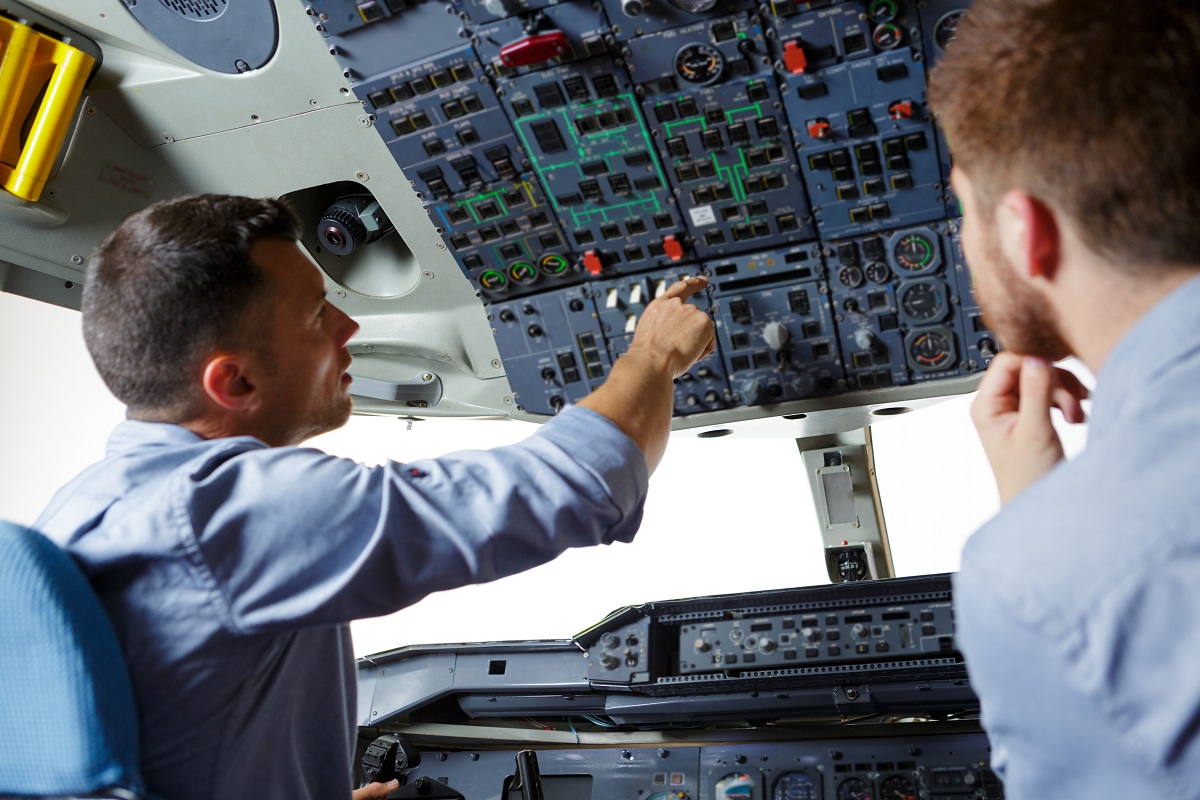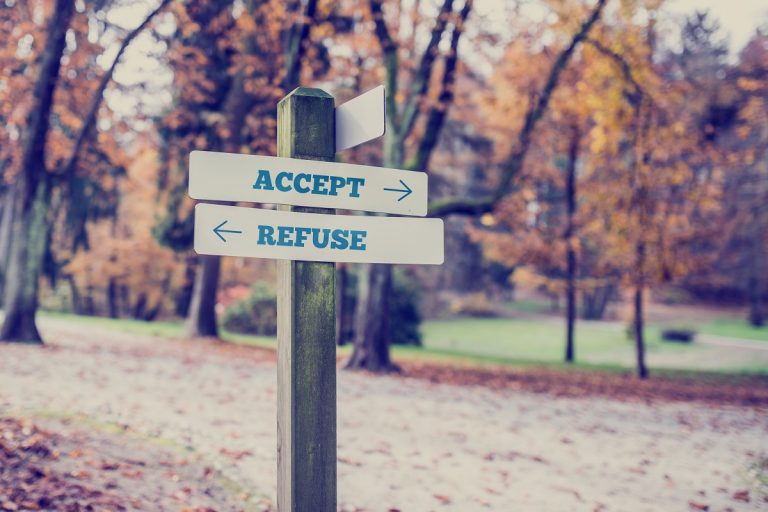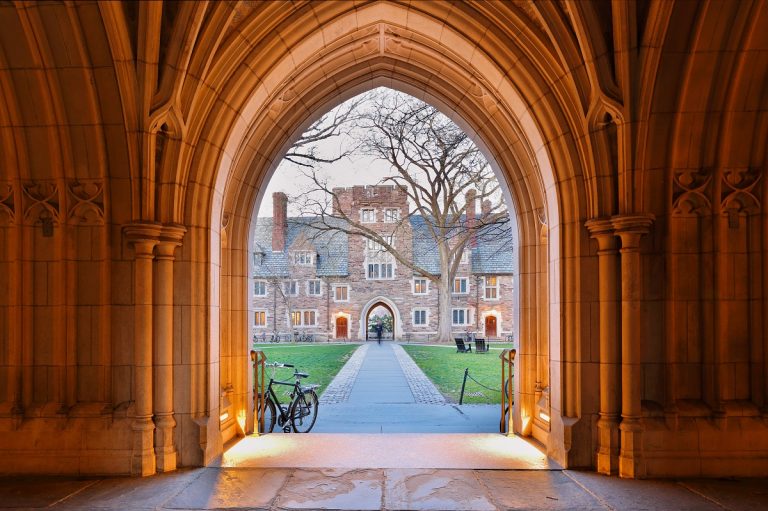How Much Does It Cost to Become a Airline Pilot?
Huge metal beasts soaring the skies. Engines roaring, cutting through the clouds. The Air. It’s something that has always called to you, and becoming an airline pilot is your dream. But dreams don’t come cheap.
Airline pilots fly some of the biggest, most expensive machines in the world. They are responsible for the safety of hundreds of passengers at a time. So it’s no surprise that becoming an airline pilot is not a cheap or simple endeavor.
You’ll need thousands of flight hours and lots of knowledge on how to fly a plane before you can even think about becoming an airline pilot. Not to mention the cost of actually getting your pilot license.
The process is long and gruesome. You must be ready to sacrifice a lot of your time, and money if you want to achieve this goal. But don’t worry! If becoming an airline pilot is truly your dream, then it will all be worth it in the end.
To get things off nicely, expect to pay no less than $50,000 to become a commercial pilot.
In this article, you are going to learn the steps involved in becoming a pilot, as well as all the costs associated. And, of course, how remunerative this job can be once you’ve been initiated.
How Much Does It Cost to Become an Airline Pilot
The first step is, of course, deciding that you want to become a pilot. This is a huge decision and not one to be taken lightly. You’ll be spending most of your waking time around airports. Things like building a family or having a social life will have to take a back seat.
You must be completely dedicated to your training if you want any chance of becoming an airline pilot. The process is long, and there are many things that can (and will) go wrong. You need to be prepared for this both mentally and financially.
Once you are 100% sure about your decision, you can start the actual process. Let’s see the steps.
1) Get a Private Pilot License (PPL)
The first thing you’ll need to do is get your Private Pilot’s License (PPL). This will allow you to fly solo and carry passengers. You’ll first need to pass 3 medical exams to make sure you’re physically and mentally fit to fly.
Then, you’ll need to find a reputable flight school with a PPL program.
You need to find a good quality flight school that offers a PPL program. This is going to be your biggest expense so far, and it will set you back around $12,000 on average. But it can be done for as little as $4,000 if you’re smart about it.
The price also varies depending on the type of aircraft you train in. Training in a single-engine airplane is going to be cheaper than training in a multi-engine airplane. However, all airline planes are multi-engine, so it’s better to get used to flying them from the start.
You will also need to factor in the cost of living near the flight school. This can be expensive, depending on the location. And you’ll need to be close to the flight school so you can fly as much as possible.
Once you’ve chosen a flight school, the real fun begins. The training to get your PPL can take anywhere from two weeks to six months.
You will need a minimum of 40 flight hours, but the average is closer to 60. The cost of getting your PPL will depend on the flying school you choose and the country you’re in.
Here’s a video of the process.
Once you have your PPL, you’re ready to move on to the next step: getting an instrument rating.
2) Get an Instrument Rating
An instrument rating is a certification that allows a pilot to fly in weather conditions that would otherwise prevent them from flying. This includes fog, rain, and low visibility. Specifically, it proves that you can read the IFR (Instrument Flight Rules) under adverse conditions.
Getting your instrument rating is the next step in becoming an airline pilot. It’s also a required step if you want to apply for a commercial pilot license.
The training for this certification can take anywhere from four to eight weeks. And, once again, you’ll need to factor in the cost of living near the flight school.
The cost of getting your instrument rating will depend on the flying school you choose and the country you’re in. But you can expect to pay around $10,000 on average.
Once you have your instrument rating, you’re ready for the next step: getting a commercial pilot license.
3) Get Your Commercial Pilot License
This is where the fun begins. Once you have your commercial pilot license, you can start flying for money. The training to get your commercial pilot license can take anywhere from four to eight weeks.
You will need a minimum of 250 flight hours, but the average is closer to 500. The cost of getting your commercial pilot license will depend on the flying school you choose and the country you’re in.
But you can expect to pay around $25,000 on average, with the most expensive options going up to $35,000.
With a commercial pilot license, you can start working as a co-pilot in commercial flight, and as a corporate pilot, which means you get to fly private planes for rich people.
But if you want to work as a fully-fledged airline pilot, you need to get more certifications, starting with a multi-engine rating.
4) Get a Multi-Engine Rating
A multi-engine rating is a certification that allows a pilot to fly an airplane with more than one engine. This is the next step in becoming an airline pilot.
The training for this certification can take anywhere from four to eight weeks. And, once again, you’ll need to factor in the cost of living near the flight school.
The cost of getting your multi-engine rating will depend on the flying school you choose and the country you’re in. But you can expect to pay around $6,000 on average.
With a multi-engine rating, you’re one step closer to becoming an airline pilot. But you’ll need to build up your flight hours before you can apply for the next step. The best way to do so is by becoming a flight instructor.
5) Becoming a Flight Instructor
The best way to build up your flight hours is by becoming a flight instructor. And, luckily, the training to become a flight instructor is relatively short and cheap. Also, as a flight instructor you can make some money while you’re building up your flight hours.
It will take you around two weeks to complete the training. And you can expect to pay around $5,000 on average.
Once you’ve become a flight instructor, you’ll have the required flight hours to apply for an airline transport pilot license (ATP).
6) Getting Your ATP License
The ATP is the final step in becoming an airline pilot. To get your ATP license, you need to have a minimum of 1500 flight hours. Also, you’ll need to pass a written exam and a practical test.
There is no set time to get this license. If you do it full time and are lucky with the weather, you can get it in 7-8 months. But most people tend to take between 12 and 16 months to get their license.
The course you follow must be FAA (Federal Aviation Administration) approved. Expect to pay around $5,000 for your ATP license.
7) Get a Job as an Airline Pilot
Now that you have all the necessary licenses and certifications, you can start applying for jobs as an airline pilot. A job that is expected to grow by 13% by 2030.
Getting the job is the easy part. The hard part is getting the experience needed to get hired by a major airline.
You can start by applying to regional airlines. These airlines fly smaller planes and have less stringent requirements. But they also pay less and offer fewer benefits.
Once you’ve got some experience under your belt, you can apply to major airlines.
The starting salary for a first officer at a major airline is around $60,000 per year. But he average salary for a captain is $134,630 per year.
Of course, these numbers can vary depending on the airline you work for and the country you’re based in.
Tallying Up the Costs
So, now you know how much each step costs. It’s time to tally up these costs.
To recap, you’ll need:
- A private pilot license, which costs between $4,000 and $12,000
- An instrument rating, which costs between $7,500 and $10,000
- A commercial pilot license, which costs between $25,000 and $35,000
- Get a multi-engine rating, which costs around $6,000
- Become a flight instructor, which costs around $5,000
- Get your airline transport pilot license, which costs around $5,000
Overall, becoming an airline pilot will cost you between $52,500 and $73,000. Add to these cost of living and transportation, and you get a hefty price. However, you will also earn some money during the process. And, once you’ve become a fully-fledged pilot, you’ll comfortably earn a six-figures salary with lots of perks.
Editor’s note: while becoming an airline pilot is expensive, there are many financing options available. The Federal Aviation Admission offers grants and scholarship to those wishing to embark on this journey. And even if you don’t qualify for these, you can always take a loan. Just make sure you do your research before taking on any debt.
An Alternative
There is an alternative path to becoming an airline pilot. The one we showed in this article is the ‘traditional’ one. But there is another way.
Since the demand for pilots is skyrocketing, and more and more youngsters are looking into this path, the FAA has partnered with universities to offer an aviation degree.
Here are some of the programs:
- Louisiana State University of Alexandria — Professional Aviation
- Embry-Riddle Aeronautical University — Aviation Field of Study
- Southern Illinois University — School of Aviation
- Walsh University — B.S. in Professional Aviation
Costs wise, an aviation degree is much more affordable than the traditional path. Costs vary wildly, but to give an estimate, expect to pay between $18,000 and $47,000 for your aviation degree.
Now, the biggest difference with the traditional path is that you’re attending a full-blown university course. That means you’ll have to adhere to a stricter schedule, and that you can’t earn money until you’ve fully graduated.
Also, the timeline is longer. It takes around 3 years to complete an aviation degree, although the associate degree is only 18 months long if you focus on it.
The upside is that, with an aviation degree, you have a much higher chance of getting hired by a major airline.
Your Responsibilities as an Airline Pilot
A pilot’s job isn’t just flying huge steel monsters in the skies. You also have other responsibilities.
You need to constantly check the weather conditions and forecast. You need to know if there are any storms or turbulence ahead.
You also need to do a pre-flight check of the plane. This includes checking the fuel, lights, and hydraulics. Every airline has a manual of operations to go through before each flight.
During the flight, you need to maintain communication with air traffic control. You also need to keep an eye on the plane’s instruments and make sure everything is working as it should be.
Failure to complete these steps will cause issues with the plane — and even risk a disaster. Here’s an example of a shoddy checking work that caused a plane crash:
And, in case of an emergency, you need to know how to handle it. This includes anything from a medical emergency to a fire on board. You can never predict when an emergency will happen. But you need to be prepared for it nonetheless.
Conclusions
Becoming an airline pilot is a costly process, but it’s also a very lucrative one. With a six-figure salary and great benefits, it’s no wonder why so many people are looking into this career path.
And thanks to the job’s popularity, new ways of becoming a pilot have started surfacing. Having more options is always better, because it lets us tailor them on our life.
So, if you want to become an airline pilot, do your research and choose the path that’s best for you. There’s no wrong choice here — only different ways of going about it.
Driving planes is one hell of a job. You are responsible for your passengers’ life, as well as the safety of the plane. It’s a lot of pressure, but it’s also very rewarding.
Pilot salaries have seen a sharp increase in recent years due to the high demand for pilots. The median salary for a commercial airline pilot is now $121,430 per year, and it’s expected to go up as planes become more sophisticated and demand rises.
With a job like this, it’s no wonder the cost of becoming a pilot has also gone up. But if you have your heart set on flying, then it’s worth every penny.
After all, what’s the price of your dreams?
Also Read:







